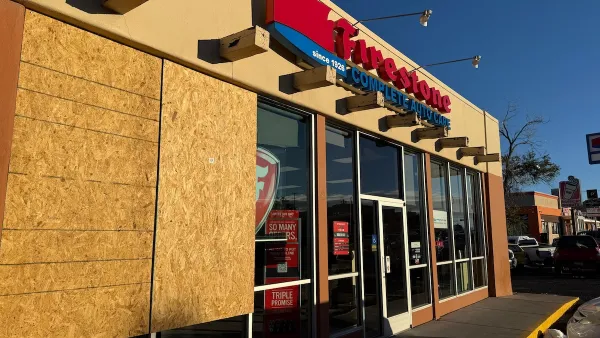A look at the future of interior lighting, from LED lighting to connected lighting platforms where lights will no longer simply accessorize spaces, they’ll be fully integrated within them. Also discussed are "smart buibs," and comments from experts.
Everyone loves a good lightbulb joke. Whether the punch line is nuns or New Yorkers, the question of how many people it takes to change one tickles funny bones the world over. But that question isn’t as jocular to optical scientists, who point out that the evolutions in lighting require many years—and many people—to execute.
Just ask illumination engineer Jeff Quinlan, technology evangelist at Atlanta-based lighting manufacturer Acuity Brands. Meaningful advancements in light-based technologies are rare, indeed.
“When the fluorescent lamp came into wide usage after World War II, it was about 10 times more efficient than the traditional incandescent lamp,” Quinlan says. “That was big, and we see that sort of change about every 25 to 30 years. We see a major shift every 100 years or so. Almost 200 years ago, for example, we had natural gas lamps. Then, at the end of the 19th century, Thomas Edison and the incandescent lamp again changed how we experience lighting. The next major change is LED.”
FULL STORY: Let There Be LED: The Future of Light-Based Technologies for Interiors

National Parks Layoffs Will Cause Communities to Lose Billions
Thousands of essential park workers were laid off this week, just before the busy spring break season.

Retro-silient?: America’s First “Eco-burb,” The Woodlands Turns 50
A master-planned community north of Houston offers lessons on green infrastructure and resilient design, but falls short of its founder’s lofty affordability and walkability goals.

Delivering for America Plan Will Downgrade Mail Service in at Least 49.5 Percent of Zip Codes
Republican and Democrat lawmakers criticize the plan for its disproportionate negative impact on rural communities.

Test News Post 1
This is a summary

Test News Headline 46
Test for the image on the front page.

Balancing Bombs and Butterflies: How the National Guard Protects a Rare Species
The National Guard at Fort Indiantown Gap uses GIS technology and land management strategies to balance military training with conservation efforts, ensuring the survival of the rare eastern regal fritillary butterfly.
Urban Design for Planners 1: Software Tools
This six-course series explores essential urban design concepts using open source software and equips planners with the tools they need to participate fully in the urban design process.
Planning for Universal Design
Learn the tools for implementing Universal Design in planning regulations.
EMC Planning Group, Inc.
Planetizen
Planetizen
Mpact (formerly Rail~Volution)
Great Falls Development Authority, Inc.
HUDs Office of Policy Development and Research
NYU Wagner Graduate School of Public Service





























